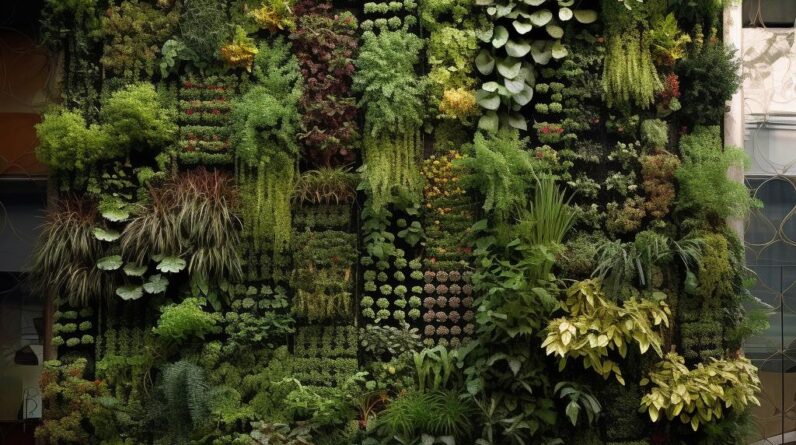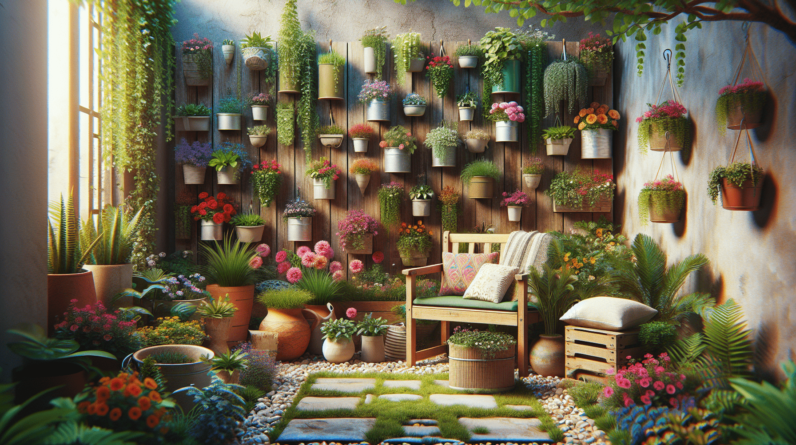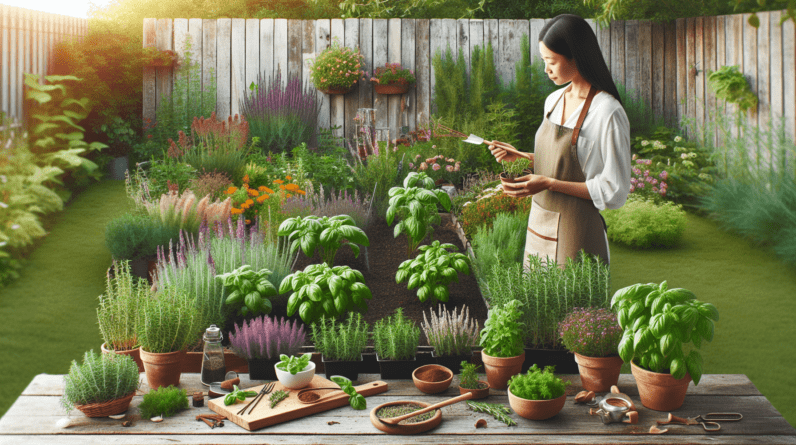
Vertical gardening is a popular and innovative way to grow plants in urban areas. With the increase of urban density and the decrease in the availability of land, the verticalization phenomenon has intensified in cities all over the world . Vertical gardens, farms and forests, rooftop vegetable gardens, and elevated structures for urban agriculture are some of the many possibilities of verticalization in plant cultivation, each with its unique characteristics and specific impacts on the city and its inhabitants . In this article, we will explore the benefits of vertical gardening in urban areas, the different types of vertical gardens, how to choose the right plants for your vertical garden, designing and building your vertical garden, maintaining your vertical garden, and much more.
Key Takeaways
- Vertical gardening is a popular way to grow plants in urban areas.
- Vertical gardening has many benefits such as space-saving, improved air quality, and reduced energy consumption.
- There are different types of vertical gardens such as living walls, green facades, and hydroponic systems.
- Choosing the right plants for your vertical garden is crucial for its success.
- Designing and building your vertical garden requires careful planning and consideration.
- Maintaining your vertical garden involves watering, fertilizing, and pest control.
Benefits of Vertical Gardening
Vertical gardening has many benefits that make it an attractive option for urban areas. One of the most significant benefits is space-saving. Vertical gardens take up less space than traditional gardens while still providing ample growing space for plants. This makes them ideal for small balconies or patios where space is limited.
Another benefit of vertical gardening is improved air quality. Plants absorb carbon dioxide and other pollutants from the air and release oxygen. This helps to improve air quality in urban areas where pollution levels are often high. Additionally, vertical gardens can help to reduce energy consumption by providing insulation for buildings. The plants act as a natural barrier against heat loss during the winter months and heat gain during the summer months.

Types of Vertical Gardens
There are several different types of vertical gardens that you can choose from depending on your needs and preferences. One type is a living wall which is a wall covered with plants that are grown vertically using hydroponics or soil-based systems . Another type is a green facade which is a wall covered with climbing plants that grow vertically using trellises or other support structures . A third type is a hydroponic system which is a system that grows plants without soil using nutrient-rich water.
Choosing the Right Plants
Choosing the right plants for your vertical garden is crucial for its success. You need to consider factors such as sunlight exposure, soil type, and water requirements when selecting plants for your garden . Some good choices for vertical gardens include herbs such as basil or mint, leafy greens such as lettuce or spinach, and flowering plants such as petunias or marigolds .
Designing Your Vertical Garden
Designing your vertical garden requires careful planning and consideration. You need to think about factors such as irrigation systems, structural support, and plant selection when designing your garden . One important consideration is irrigation. You need to ensure that your plants receive enough water without overwatering them. This can be achieved through drip irrigation systems or other watering methods .
Building Your Vertical Garden
Building your vertical garden requires some basic construction skills but can be done by anyone with a little bit of know-how. You will need materials such as wood or metal frames, soil or growing medium, and plants . There are many online resources available that provide step-by-step instructions on how to build a vertical garden.
Maintaining Your Vertical Garden
Maintaining your vertical garden involves watering, fertilizing, and pest control. You need to ensure that your plants receive enough water without overwatering them. Additionally, you need to fertilize your plants regularly to ensure that they receive all the nutrients they need to grow healthy and strong . Finally, you need to keep an eye out for pests such as aphids or spider mites which can damage your plants if left unchecked.
In conclusion, vertical gardening is an innovative way to grow plants in urban areas that has many benefits. By choosing the right plants for your garden, designing and building it carefully, and maintaining it properly you can create a beautiful and productive garden that will thrive in even the smallest spaces.






